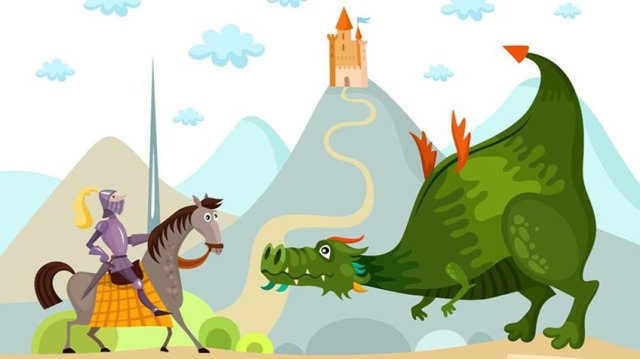A fairy tale, fairytale, wonder tale, magic tale, or Märchen is an instance of a folklore genre that takes the form of a short story. Such stories typically feature entities such as dwarfs, dragons, elves, fairies, giants, gnomes, goblins, griffins, mermaids, talking animals, trolls, unicorns, or witches, and usually magic or enchantments. In most cultures, there is no clear line separating myth from folk or fairy tale; all these together form the literature of preliterate societies. Fairy tales may be distinguished from other folk narratives such as legends which generally involve belief in the veracity of the events described and explicit moral tales, including beast fables. The term is mainly used for stories with origins in European tradition and, at least in recent centuries, mostly relate to children's literature.
In less technical contexts, the term is also used to describe something blessed with unusual happiness, as in "fairy-tale ending" or "fairy-tale romance". Colloquially, the term "fairy tale" or "fairy story" can also mean any far-fetched story or tall tale. It is used especially of any story that not only is not true, but could not possibly be true. Legends as real. Unlike legends and epics, fairy tales usually do not contain more than superficial references to religion and to actual places, people, and events. They take place "once upon a time" rather than in actual times.
Fairy tales occur both in oral and in literary form. The name "fairy tale" ("conte de fées" in French) was first ascribed to by Madame d'Aulnoy in the late 17th century. Many of today's fairy tales have evolved from centuries-old stories that have appeared, with variations, in multiple cultures around the world. The history of the fairy tale is particularly difficult to trace because only the literary forms can survive.



 Descargar Google Chrome
Descargar Google Chrome Descargar Mozilla Firefox
Descargar Mozilla Firefox Descargar Opera
Descargar Opera